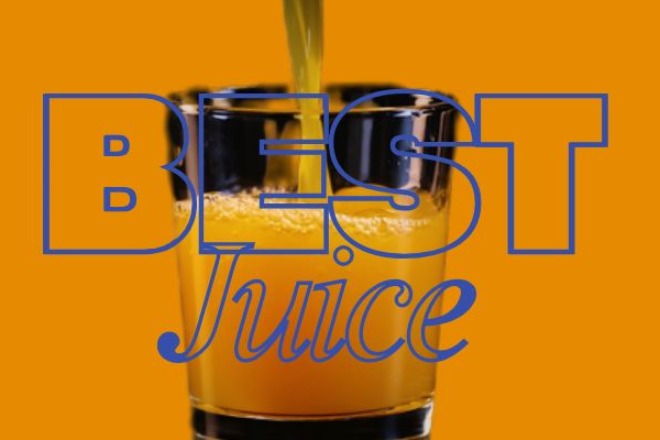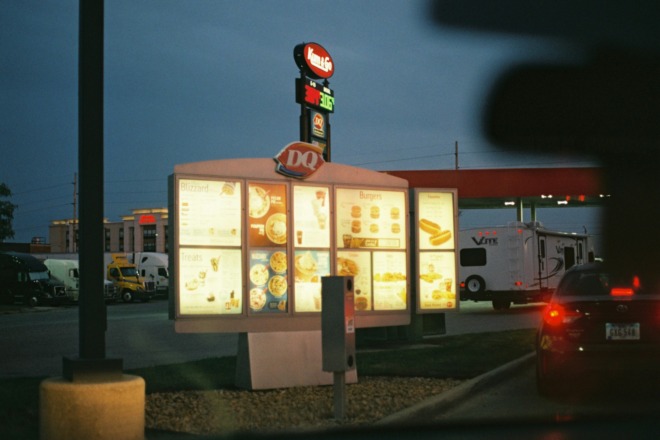It might seem shocking that someone could trademark a color, but big companies often do so for specific combinations. It keeps smaller competitors from tricking consumers into thinking they’re doing business with a trusted name when they are not. Because large organizations have legal teams, it’s a good idea to know what shades are protected, what companies use them and some facts about their use to protect you and your business. Trademarked colors can be a confusing topic for many.
While there are only six basic colors — three primary and three secondary — there are limitless combinations that can be used to create unique shades. The number we can see with the human eye is around 10 million different colors. While it isn’t likely you’d naturally come up with the same one as another brand, there are only slight variations. You might even see a specific shade and copy it without knowing any better. Trademarked colors aren’t always obvious, as companies don’t tend to come right out and say, “Hey, we have trademarked colors.”
Known Trademarked Colors
A copyrighted color isn’t a possibility unless it is an arrangement of colors, such as in a piece of art. While it has been traditionally hard to create trademarked colors, some brands have managed to do so, especially in recent years. Here are some well-known and lesser-known trademarked colors:
- Coca-Cola red
- 3M yellow
- Fiskars orange
- Tiffany blue
- UPS brown
- T-Mobile magenta
- Barbie pink
- Louboutin red
- Caterpillar yellow
- John Deere green
- Cadbury purple
- Owens-Corning pink
The Lanham Act defines trademarks as “any word, name, symbol or device, or any combination thereof,” used in identifying a company from others. Before 1995, colors couldn’t be trademarked but can now be as part of a product, package or service. There are some pretty strict rules around registering a color as part of the trademark, but using a trademarked color in a similar way could get you sued. Keep these things in mind as you choose shades for designs and stay out of court.
1. Don’t Choose a Color Close to Your Competitor
If you run a small delivery service and you choose to use a brown truck and gold logo with the letters UBS, you are obviously trying to copy UPS and trick people into thinking you’re affiliated with them. Don’t do this. It is probably one of the fastest routes to a lawsuit. While it might be temporarily effective, people don’t appreciate being tricked — and doing this can damage your reputation along with your pocketbook.
2. Create Emotion With Colors
Colors create a specific emotion in people. There is an entire psychology to their use, with red creating excitement and dark blue feelings of trust. Keep in mind that another company has worked hard to establish a certain brand identity, and the colors they use are part of that identity. Even if you run a small bakery and you want to use a shade that a paper company uses, you may run the risk of people placing the same emotions on your business as the other. It’s best to choose a slightly different color, even if only a few shades lighter or darker.
3. Understand How Colors Work Together
Perhaps you love the color palette a particular brand uses and you want something similar. It’s probably OK to go with one of the shades, but come up with different complementary or contrasting ones. You can create a palette of your own using the color wheel and online wizards that generate ideas for you. Come up with something that speaks to your audience and defines your brand rather than someone else’s.
4. Find a Different Location
If you love the magenta color in the T-Mobile packaging, use it. Just be sure to place it elsewhere, such as in your images or as a subheader on your website. Keep in mind that most companies have trademarked color for use in a specific way, such as a logo or packaging, so using that tone simply for some text isn’t as likely to get you into trouble.
5. Know Your Industry
Trademark is hard to define, which is why there is an entire legal industry based around it. However, you can assume that if you plan to use Coca-Cola red for something other than a beverage company, you are fairly safe. Just don’t copy its logo. For example, Target uses very similar colors in its logo and advertising as Coca-Cola does. Still, the two companies have very different functions, so it is unlikely anyone would confuse them.
6. Research Country Trademark Laws
Just because a color is trademarked in the United States or another country doesn’t mean it is registered elsewhere. Each country has its own laws, and some are more strict on trademark than others. While a global company is likely to spend the money and time to register them in multiple locations, smaller or mid-sized brands may only register in the country where they do the most business.
7. Study Which Words Are Trademarked
Words that are a color are sometimes trademarked. UPS is called “Brown,” and the University of Tennessee is sometimes called “Orange.” Before you try to call your company a color name, make sure the word isn’t already used by someone else. You may need to come up with another description for your own brand to avoid confusion and violating trademark law.
8. Associate the Color With the Brand
Over time, the general public may have come to associate a certain color with a brand. One example of this would be Tiffany blue. The jewelry company used the color for its boxes and bags from the 1800s on, and finally made it one of the rare trademarked colors registered with the U.S. Patent Office. Even if a company hasn’t trademarked a shade, don’t try to use it if a nearby competitor has always used the hue for their own business.
9. Use Pantone Color Matching
Once you have chosen your own brand colors and you know they’re unique to your industry, use the Pantone color matching system to come up with the correct codes to ensure the same color gets used in all your branding. You need, at a minimum, the RGB and HEX codes for the shades you plan to use. This avoids an issue where your medium ocean blue starts to look more like Tiffany blue.
Protecting Color
Why is it important to protect a specific color? Companies often work hard to find just the right hue that represents their brand. They spend thousands of dollars on promotions and registering trademarked colors. Who knows—you just might create trademarked colors of your own one day to protect your work and investment.
About The Author
Eleanor Hecks is the Editor-in-Chief of Designerly Magazine, an online publication dedicated to providing in-depth content from the design and marketing industries. When she's not designing or writing code, you can find her exploring the outdoors with her husband and dog in their RV, burning calories at a local Zumba class, or curled up with a good book with her cats Gem and Cali.
You can find more of Eleanor's work at www.eleanorhecks.com.


